While 5G deployments continue to expand, the buzzword on everyone's lips was AI. From keynote speeches to hushed conversations in crowded booths, the message was clear: AI is poised to fundamentally reshape the telco landscape.
But this wasn't just another tech-trend hype cycle. Industry leaders showcased concrete applications and tangible benefits of AI across the entire network lifecycle.
2024 MWC Barcelona
Watch the videos below from some of our favorite industry people, and check out our recent reports. You can download our 2023 NextGenInfra (NGI) Report Bundle comprising our Data Center Networking (AI and Cloud Workloads), Private Wireless, SASE/SD-WAN/ZTNA/NaaS Enterprise Networking , and our New Middle Mile Reports — one form, four reports, enjoy!
UNLOCKED REPORT — no personal info needed to download
MWC Barcelona in 2024
Reader feedback on NGI reports: “Insightful”, “Well-researched”, “Made me rethink my assumptions”. Download our 2023 report bundle and send us your feedback!
2024 MWC Preview
Views expressed are those of the presenting individuals and companies and may not necessarily represent views of Converge! Network Digest or AvidThink.
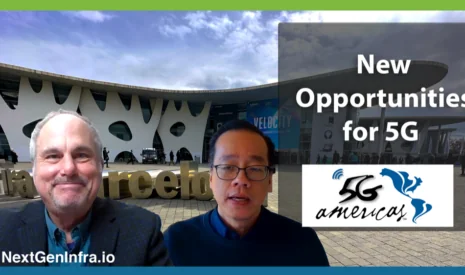
AI's Role in 5G Networks & Spectrum Innovation
Chris Pearson and Viet Nguyen from 5G Americas expect vendors and CSPs to showcase integration of AI into communication networks for optimization and security. They also anticipate significant technological developments such as 5G Red Cap, commercialization of the NTN market, and highlight the importance of monetization.
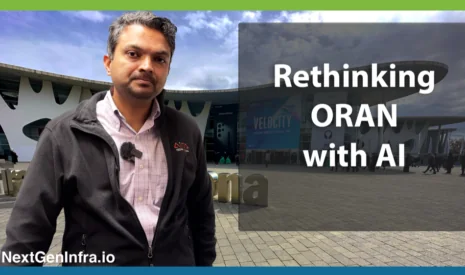
Rethinking Open RAN (#ORAN) with AI
RaviKiran Gopalan, Chief Technology Officer at Aira Technology, discusses the industry transformation brought about by the adoption of O-RAN in telco networks, revamping previous SON systems. Gopalan highlights the potential of SMO in O-RAN to transform the industry by enabling apps/code portability and standard interfaces.
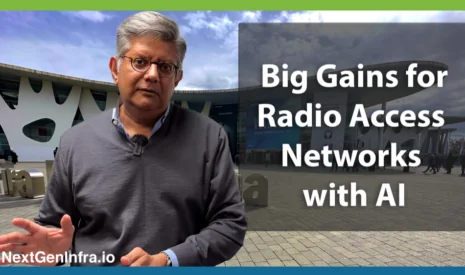
Big Gains for Radio Access Networks with AI
Anand Chandrasekher, Co-founder & CEO of Aira Technology, predicts that the growing number of connections to cellular networks will soon reach trillions, necessitating a modernization of the radio access network to maintain communication capabilities and productivity. Chandrasekher believes that AI holds the key to enabling this modernization.
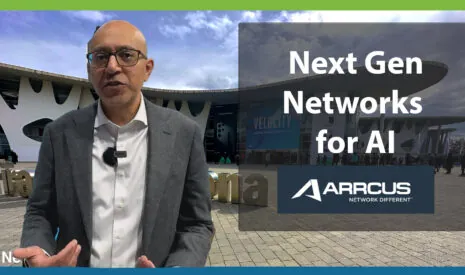
Next Gen Networks for AI
Sanjay Kumar, VP of Products and Marketing at Arrcus, highlighted the company’s strategy to leverage AI in network operations, including the introduction of a platform that connects various AI components across the network. Arrcus has also announced support for new platforms with enhanced ethernet connectivity, SmartNIC and DPU platforms like Nvidia Bluefield, and AR IQ, an observability platform providing a comprehensive network view for operators.
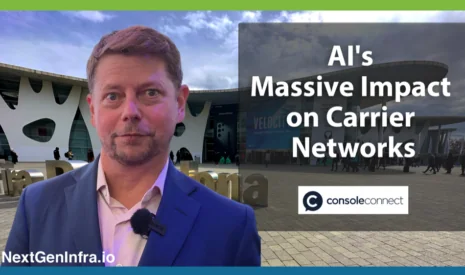
AI's Massive Impact on Carrier Networks
Paul Gampe, CTO of Console Connect, highlights the influence of AI on carrier networks, particularly in driving the need for data migration or repatriation. He cites the effectiveness of Console Connect’s product, Cloud Router, in enabling direct connection between hyperscalers and handling the complex task of moving large amounts of data, as demonstrated in a case of moving 5 petabytes of data from Amazon to Google.

AI Innovations in Retail, Recycling & Network Management
James Weaver, Senior Director of Product Marketing at Cradlepoint, reveals the company’s focus on AI applications, including computer vision for analyzing parking lots, automating retail payments, and a recycling bin showcased at the Mobile World Congress that uses AI for waste separation and carbon footprint calculation. Cradlepoint is also developing natural chatbots for network issue prevention and an AI solution to avoid accidental sharing of sensitive information on generative AI sites.
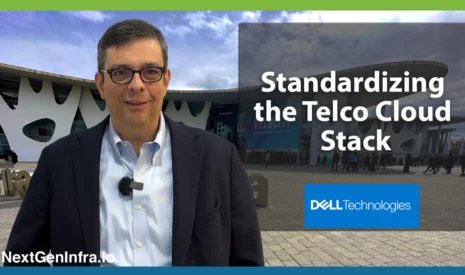
Standardizing the Telco Cloud Stack
Sandro Tavares, Director of Marketing, Dell Telecom Systems Business, stresses the need for cloud transformation in the telecommunications industry, particularly in networking, to break down operational silos and fully leverage the benefits of cloud technology. Tavares advocates for a shift in architecture, processes, and industry mindset to standardize the stack, share resources, and generate new revenue opportunities.
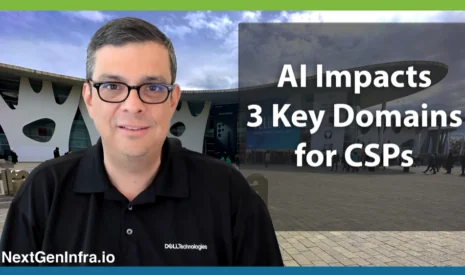
AI Impact 3 Key Domains for CSPs
Sandro Tavares, Director of Marketing, Dell Telecom Systems Business, highlights the transformative value of AI in telecoms, particularly in network optimization, customer care network operations, and revenue generation.
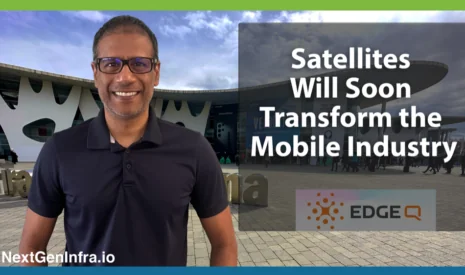
Satellites Will Soon Transform the Mobile Industry
Vinay Ravuri, CEO of EdgeQ, discusses the satellite industry’s shift towards adopting traditional cellular protocols like 4G or 5G, particularly in Low Earth Orbit (LEO) deployments, and the potential of using regular phones for direct communication. Despite challenges like the need for radiation-hardened chips and long revenue cycles, EdgeQ’s software-defined physical layer and low-power solution can make satellites less expensive and more efficient.
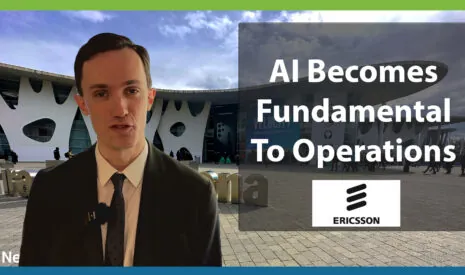
AI is Fundamental to Operations
Jean-Christophe Laneri, VP and Head of Cognitive Network Solutions at Ericsson, reveals that the company is a leading partner in providing high-performance networks, with a focus on using AI to manage urgent issues and facilitate strategic transformation. Ericsson employs top optimization engineers, develops its own AI algorithms for its cognitive software solution, and focuses its AI applied research on graph neural network algorithms and large language models to support customer transformation and bring innovative use cases to the market.

Telco Core Automation with AI
Andrew Border, VP Product Management of Telco Solutions at Hewlett Packard Enterprise, has announced the launch of Telco Core Automation, a new product that uses AI to automate and simplify operations in multicloud, multivendor, multi-domain public 5G network buildouts. The product aims to accelerate service delivery to the market, transforming basic operations of a 5G network and enabling a faster time to market with new services.
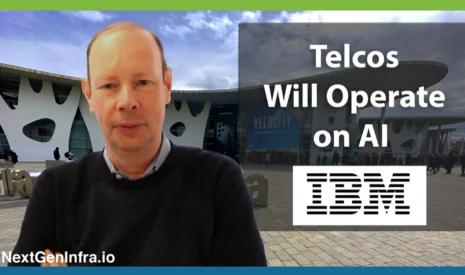
Telcos Will Operate on AI
Andrew Coward, GM of Software Networking at IBM, emphasizes the potential of AI in managing and operating telecommunications networks, but noted the industry’s lack of necessary analytics and orchestration infrastructure. To bridge this gap, IBM is partnering with GSMA to create a training academy focused on AI and supporting technologies.

Digital Identity & Personal Data in the Mobile Ecosystem
Michael Becker, CEO of Identity Praxis, is set to explore the transformation of digital identity and personal data in the mobile ecosystem at the upcoming Mobile World Congress in Barcelona. Becker, who is nearing the completion of a doctorate in personal data and identity management system adoption, will focus on the intersection of personal data, identity, and trust, and the rise of self-sovereign individuals and industry-driven identity solutions.
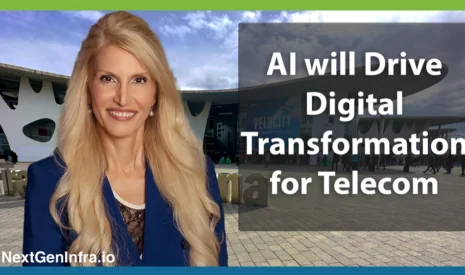
AI Will Drive Digital Transformation for Telecom
Azita Arvani, former CEO of Rakuten Symphony North America, expresses enthusiasm for the potential of AI in transforming telecoms. It is a force multiplier for other digital transformation enablers, and she highlights the need for cloud-native network architectures to fully realize AI’s potential.
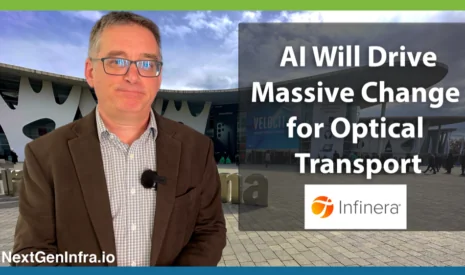
AI's Impact on Optical Transport Networks
At the Mobile World Congress, Jon Baldry, Director Metro Marketing at Infinera, highlighted the influence of AI on optical transport networks, driving bandwidth within data centers and potentially leading to a significant increase in network traffic. Baldry emphasized the potential of machine learning in optimizing network operations, predicting network behavior, guiding maintenance, and enhancing the end-user experience.
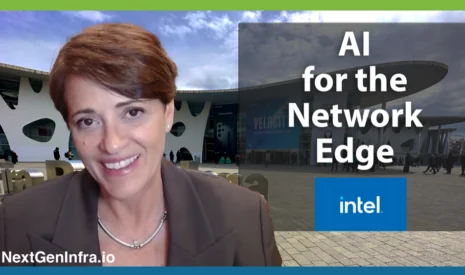
Harnessing AI for the Network Edge
Cristina Rodriguez, VP Network & Edge Group and GM Wireless Access Network Division at Intel, highlighted the importance of AI in networking and cloud technology, emphasizing that the network must be prepared to support AI capabilities with existing technology. She discussed Intel’s role in this, mentioning the launch of the fourth generation of Intel’s scalable processor with vRAN boost in 2023, the future generation platform, Granite Rapid D, in 2024, and the early availability of the Intel vRAN AI development kit, all aimed at enhancing performance, power efficiency, and cost-effectiveness while supporting new revenue streams.
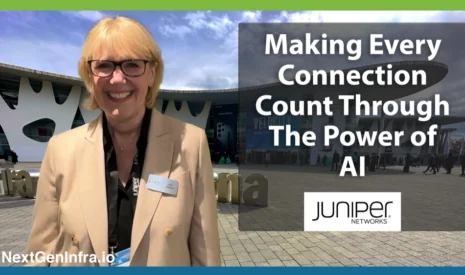
Making Every Connection Count Through the Power of AI
Sally Bament, GVP of Marketing at Juniper, highlighted the company’s AI-native networking platform at the Mobile War Congress 2024, which is designed to enhance network connections by collecting data, responding to network issues in real-time, and ensuring secure infrastructure. Bament also emphasized the integration of AI Ops into data center operations and the use of full-stack managed service capabilities to improve business customer experience, which are key to Juniper’s strategy and vision.
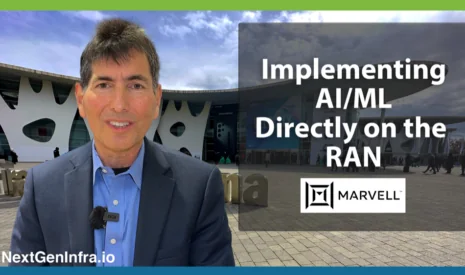
Implementing AI Directly on the RAN
Joel Brand, Senior Director of Product Marketing at Marvell, discusses the integration of AI into their Octeon product line, used by major companies like Nokia and Samsung, and utilized in about 50% of base stations outside China. Marvell has embedded an AI accelerator, or NPU, into the Octeon line, which is exposed to the broader development community via the Apache TVM project, allowing the use of standard open-source tools to innovate directly on the radio Access Network, potentially driving incremental revenue in the Telco environment.

Nokia Bell Labs from the Origins of AI to Automated Networking
Thierry E. Klein, President of Solutions Research at Nokia Bell Labs, emphasizes the company’s extensive AI research, which is integral to various sectors including networking and industrial automation, and is applied throughout the entire lifecycle of a network. Klein also discusses the potential of running advanced AI algorithms on end devices and the development of a Nokia-specific language model trained on 20,000 Nokia documents.
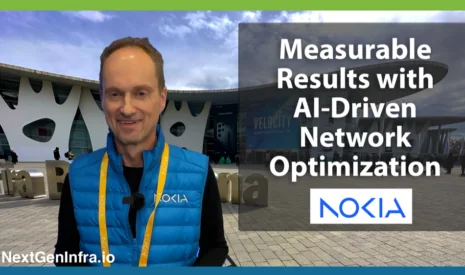
AI-Driven Network Optimization Yields 20% Boost
Volker Ziegler, Senior Technology Advisor and Chief Architect at Nokia, highlights the company’s growing use of AI and digital twin technology in network design and optimization services, resulting in a 20% average increase in network performance. The AI application also aids in detecting unserved network demand, fine-tuning 5G antennas, and enhancing worker safety by identifying potential hazards and ensuring the use of appropriate personal protection equipment.
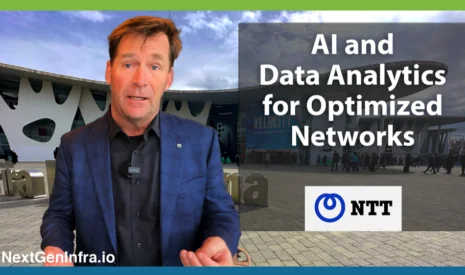
AI & Data Analytics for Optimized Networks
Bennett Indart, VP of Smart World Solutions at NTT, highlights the use of data analytics and AI in enhancing network systems, including the creation of digital twins for proactive planning and dynamic operation. Indart also illustrates the application of AI in interpreting data from Indy car races, collected through 5G LTE networks, and expresses his belief that AI will transform business operations.
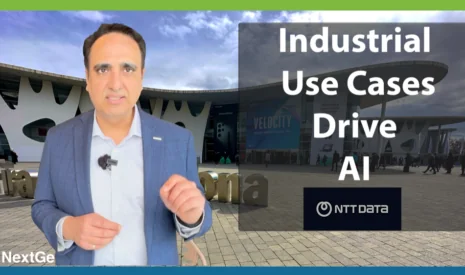
Industrial Use Cases Drive AI
At MWC 2024 Barcelona, Parm Sandhu, VP of Enterprise 5G Products & Services at NTT Data, emphasized the growing importance of AI in the enterprise sector, with NTT leading the way in using AI for data intelligence and transformation across industries like manufacturing, pharma, transportation, and logistics. Sandhu also hinted at an upcoming partnership between NTT and Schneider, leveraging Schneider’s ecostructure capabilities and NTT’s Edge as a service infrastructure for AI transformation at the edge.
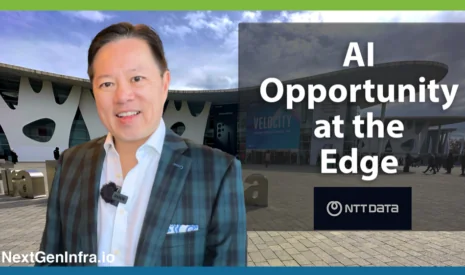
AI Opportunity at the Edge
Devin Yaung, SVP of Global Enterprise IoT at NTT Data, highlights the critical role of Edge computing in AI models, emphasizing that AI effectiveness depends on the data collected at the Edge – the layer closest to the physical environment. He warns of companies exhausting processing power on the Edge due to cloud over-reliance, underlining the necessity for IoT sensors for data automation, and concludes that the right network, devices, and Edge compute are vital for AI development.
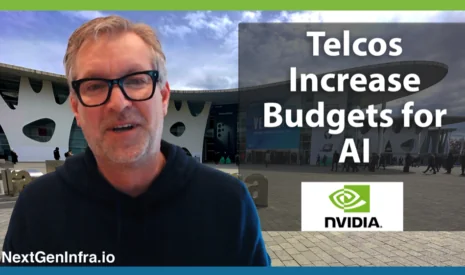
Telcos Increase Budgets for AI
Chris Penrose, the Global Head Business Development – Telco at NVIDIA, presented the company’s second annual AI and Telecom report, revealing that 56% of telecom companies view AI as crucial to their future success, up from 42% last year, and 66% plan to increase their AI infrastructure budget. NVIDIA will use these insights to shape its product development, focusing on enhancing customer experience and network operations.
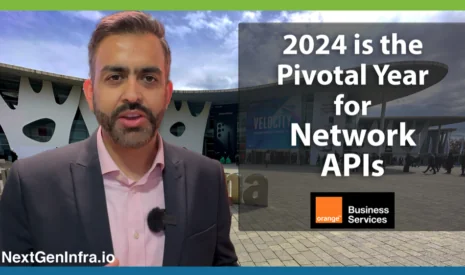
GenAI Needs Cloud, Connectivity & Cybersecurity
Usman Javaid, Chief Products & Marketing Officer at Orange Business, highlights the company’s strategy in aiding customers to prepare for generative AI (Gen) implementation, focusing on cloud, connectivity, and cybersecurity. Javaid underscores the significance of a robust digital infrastructure for Gen, leveraging Orange Business’s strengths as a network integrator and digital integration capability to identify new Gen use cases.
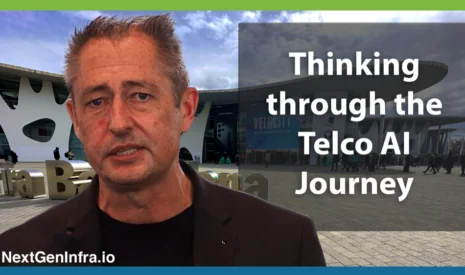
Thinking Through the Telco AI Journey
Geoff Hollingworth, Chief Marketing Officer at Rakuten Symphony, emphasizes the transformative role of AI in augmenting human thinking and processing large data sets, and warned of the risk of falling behind for the telcos and vendors who don’t embrace AI in software.
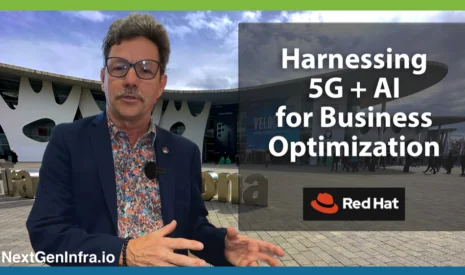
Harnessing 5G & AI
Ian Hood, Chief Strategist at Red Hat, highlights the integration of 5G and AI in business operations, particularly through Red Hat’s OpenShift AI, which enables businesses to customize their AI models for diverse needs. He also mentions the use of AI in automating and reconfiguring networks for capacity and power, with Red Hat’s tool, Anable Light Speed, and collaborations with network companies for sustainable power usage in radio and optical networks.
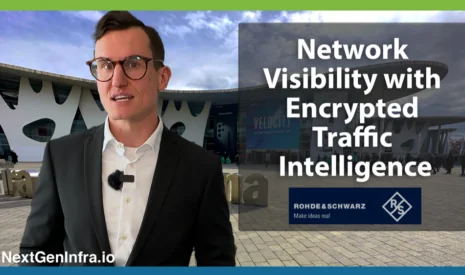
Network Visibility with Encrypted Traffic Intelligence
Sebastian Mueller, Head of Sales at ipoque, a Rohde and Schwarz company, discussed the importance of enabling Encrypted Traffic Intelligence (ETI) with deep packet inspection (DPI) technology for visibility into encrypted communications, providing insights into subscriber behavior and enabling improved quality of experience.

AI Edge Accelerated via Satellite
John-Paul Hemingway, Chief Strategy and Product Officer at SES, unveiled the company’s new high-capacity system, O3b mPOWER, at MWC24, which delivers tens of Megabits up to multiple Gigabits from space to the ground. Hemingway also highlighted a private 5G base station developed with NTT Data and a partnership with Microsoft to build digital twins for oil rigs, demonstrating the potential of high-performance satellite connectivity and AI on a global scale.
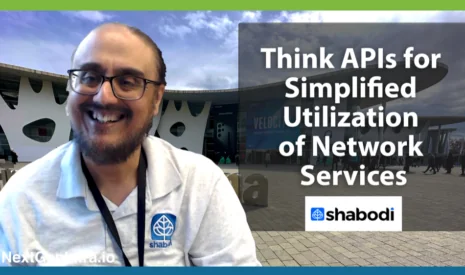
Think APIs for Simplified Utilization of Networks
Harpreet Geekee, the Co-founder and CTO of Shabodi, discusses the transformation of networks from simple conduits to intelligent assets and the challenges application developers face in deciding which interfaces to use. Shabodi aims to address this issue by streamlining and unifying developer access.
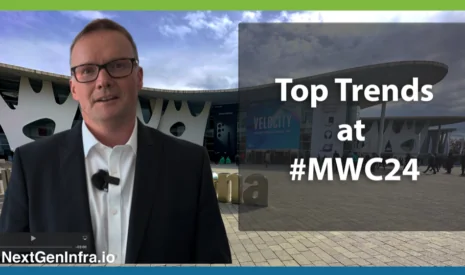
Top 5G Trends at #MWC24
Steve Douglas, Head of Market Strategy at Spirent, launches their 5th annual 5G report, predicting demand for 5G stand-alone in 2024, driven by new services like VoNR and AR. The report also forecasts growth in open and virtual RAN, with over 50 suppliers contributing to the new open RAN ecosystem, and a shift towards 5G Advanced and non-terrestrial networks.